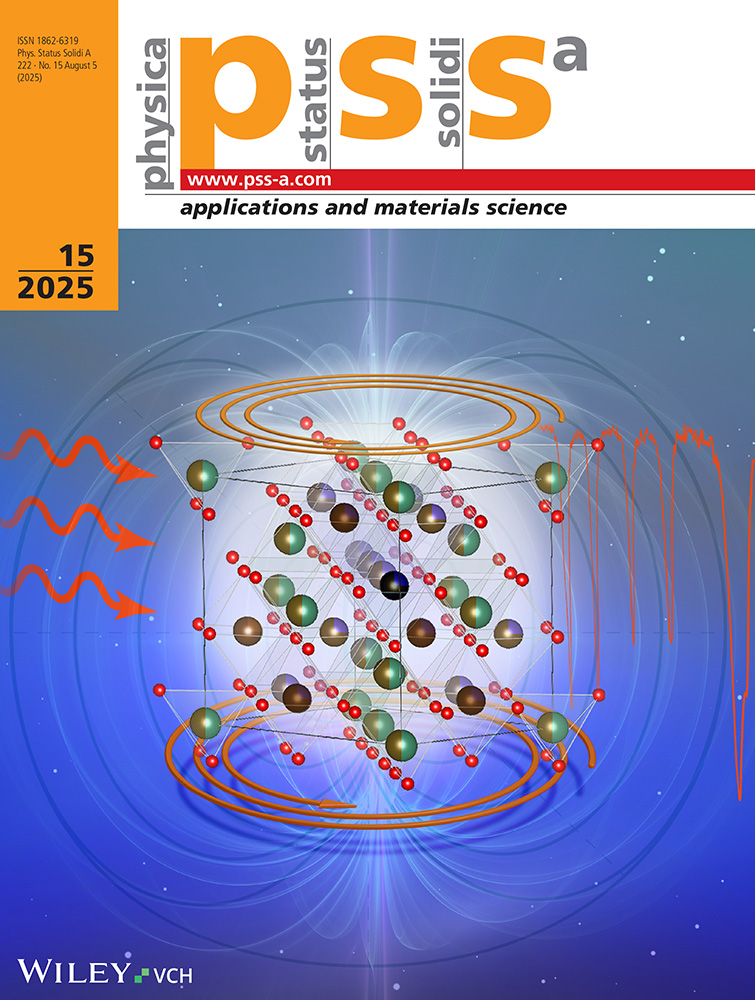Spectroscopic Ellipsometry for Characterization and Monitoring of Organic Layers
Abstract
The thickness resolution and the in situ advantage of ellipsometry make this optical technique suitable for studies of thin organic layers, especially those of biological interest. With state of the art methodology it is possible to perform monolayer spectroscopy, e.g. of a protein layer at a solid/liquid interface and also to resolve details in the kinetics of layer formation. Furthermore, complicated microstructures, like porous silicon layers, can be characterized and protein adsorption can be monitored in porous layers providing information about pore filling and penetration depths of protein molecules of different size and type. Quantification of adsorption and determination of microstructural parameters of thin organic layers on planar surfaces and in porous layers are of large interest in areas like biomaterials, basic studies of surface-based biointeraction and for biosensor development. In this report we review the use of spectroscopic ellipsometry for studies of organic layers including protein adsorption and protein monolayer spectroscopy. Included is also a discussion about possibilities for in situ spectroscopic monitoring of engineering of multilayer systems based on macromolecules.




